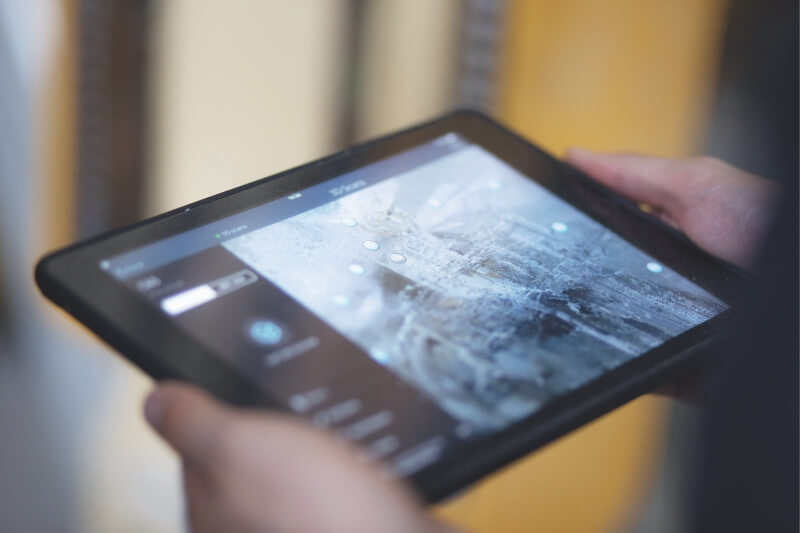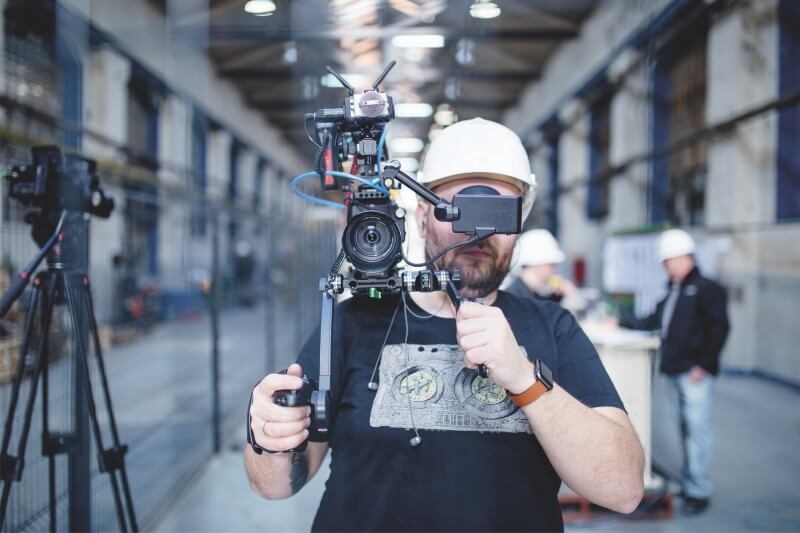The Covid-19 pandemic has turned businesses upside down everywhere. For example, with the virtual Factory Acceptance Test (FAT), new ways of working are providing previously unseen benefits through the extended use of digital tools.

Why are FATs so important to project execution? They provide an opportunity for specialists to thoroughly check the equipment to ensure we deliver a product built according to specifications and avoid assembly problems in the paper mill. During the acceptance tests, customers also have the opportunity to personally check their machinery, test systems operation (without pulp) and implement improvements in the project. This is a highly valued practice, because the customer’s engineers can familiarize themselves with the equipment before delivery to the paper mill.
For many years, personally conducted Factory Acceptance Tests were one of Valmet’s distinguishing features. The international lockdown associated with the pandemic caused travel restrictions, and we therefore faced the challenge of maintaining the current project implementation scheme while still making it possible for the customer to inspect their equipment. Having recognized the need, Valmet’s teams began to search for solutions that would allow FAT to be transferred to the virtual world as fully as possible.
Face-to-face FATs become live broadcasts
The solution lay in a live broadcast in which customers receive a unique link to a virtual meeting where high-definition transmission with communication between participants is carried out. Engineers at Valmet’s workshop are equipped with mic-headphone sets, enabling wireless communication even close to working devices where the noise level is high. Two-way communication is guaranteed the entire time, directing the camera operator to show every detail, even the smallest ones, with inspection cameras.

The image is transmitted from several cameras. With large machines, a drone, cable cam (a camera on a line above the machine) and other devices that can show the object according to the customer’s needs are used. Transmission can be carried out in a second parallel channel, where it can be viewed by people not involved in the discussion but designated by the customer to watch the work’s progress. The stream can be recorded and then used for further discussion – the recording is ready almost immediately after the meeting.
However, to carry out the entire transmission process effectively, good organization and preparation are necessary. Two spheres of such preparations, technical and substantive, can be distinguished.
The technical sphere on the customer’s side includes an internet connection with a speed of at least 6–10 Mbps and a good-quality headset with a microphone. It is also possible to use audio solutions in conference rooms when a customer connects with a group of engineers from a particular point. It is unnecessary to have a camera on the customer side. Before each virtual FAT, customers receive an instructional video that shows how to prepare for it, as well as problem-solving solutions.
The substantive scope is another aspect. Before the meeting, both parties should agree the agenda and prepare the participants list so that all the necessary technical aspects can be referred to. The agenda is a point of reference. However, thanks to livestreaming, the range of elements that interest us can be expanded, directing the operator and the person leading the FAT to places of interest. This allows every element of the machine to be shown, all the required tests to be performed in real time, and the results to be discussed in a much wider group than was the case even when a group of customer engineers were personally present. New people can be added to the discussion, or a virtual FAT recording for analysis can be sent to other colleagues or superiors, at any time. The entire transmission is supervised by a designated person, who is also responsible for the transmission’s technical aspects.
“The main purpose of proceeding with the Virtual Factory Acceptance Test is to prepare machinery for a safe, smooth and quick start-up.“
Virtual FATs can also be supplemented with a 3D scan that allows all the elements of the object to be checked during a virtual walkthrough. This generates a three-dimensional model which can be extracted to a point cloud file used in designing programs (RCP, E57, PTX). It is also possible to execute and send a scan within two days anywhere in the world.
Virtual FATs are currently available for small and medium-sized paper machines and have already been successfully carried out for customers from the United States, Mexico and Indonesia, and the next ones are already planned.

New way of working increases benefits and flexibility
Until recently, FAT involved several days of costly travel. Thanks to the new virtual solution, customers can fully participate in Factory Acceptance Tests, receive all the necessary information from engineers in real time, and define improvements or corrections based on fully assembled equipment without leaving home or the office. This limits the time they spend on the project to the core technological discussion. Moreover, any number of people can participate in virtual FAT and undertake necessary consultation. It is also possible to adjust the transmission time to fit the customer’s daily schedule. High-quality image transmission allows every detail to be thoroughly checked, and live tests to be performed. For example, it is also possible to get an image from drones that offer perspectives unavailable during a personal visit. No matter where our customers are in the world, we can now meet in real time in our workshop and work together even better than before the pandemic.



